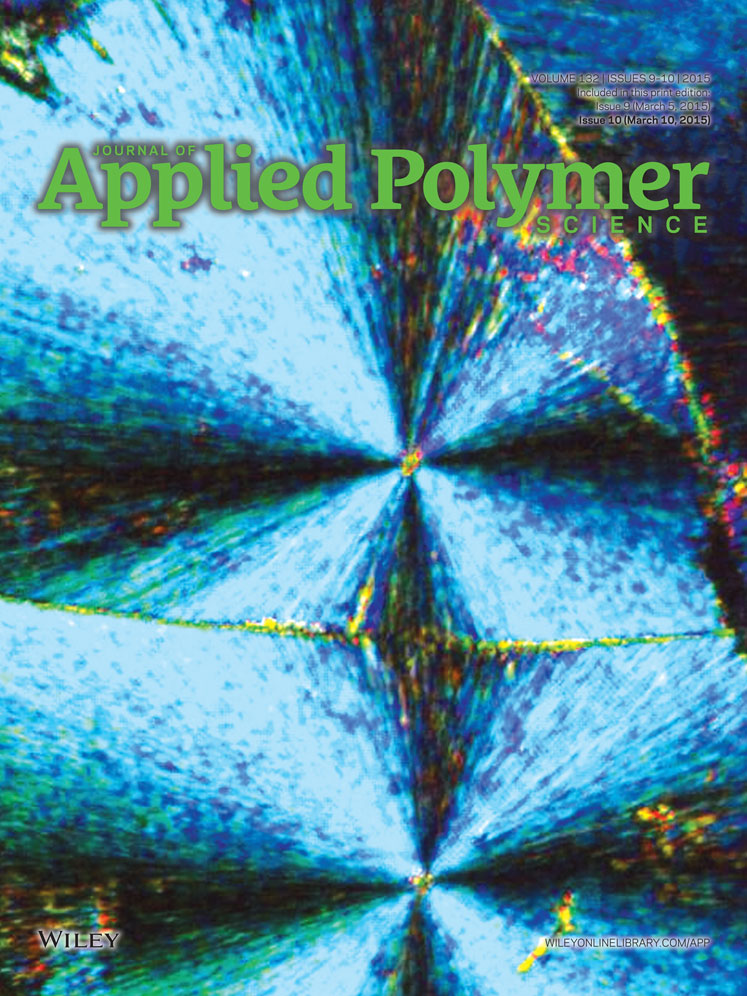Rapeseed oil-based polyurethane foams modified with glycerol and cellulose micro/nanocrystals
ABSTRACT
A rapeseed oil-based polyol (ROPO) was synthesized using chemical modification of the rapeseed oil (RO) by epoxidation reaction followed by oxirane ring-opening with diethylene glycol. The ROPO was used in the formulation of low-density green polyurethane (PU) foams. The use of glycerol as hydroxyl component, water as a reactive blowing agent and micro/nanocellulose (MNC) as a reinforcement increases the content of natural components in the formulations with important effects on the final foam properties. The ROPO and their intermediate products are characterized by analytical techniques and FTIR spectroscopy, while the final PU foams are characterized by morphological and mechanical analysis. The results show that the addition of glycerol increases the modulus and yield stress. The incorporation of MNC in small amounts is enough to increase the modulus at low temperatures. Both modifiers cause an increase in water absorption and the fragility of the cell walls, reflected in the micrographs of the foams. © 2014 Wiley Periodicals, Inc. J. Appl. Polym. Sci. 2015, 132, 41602.




